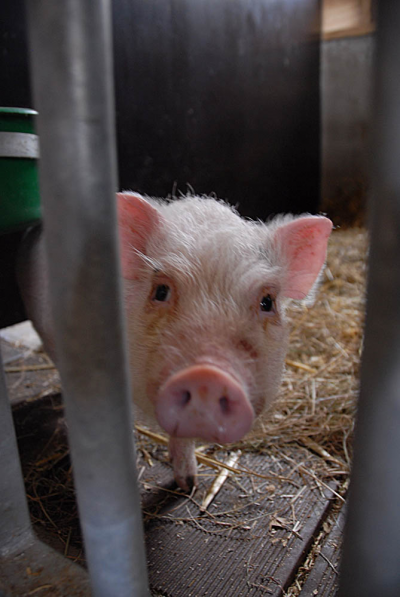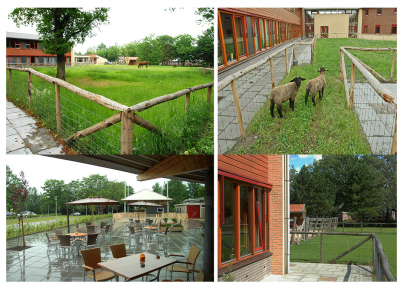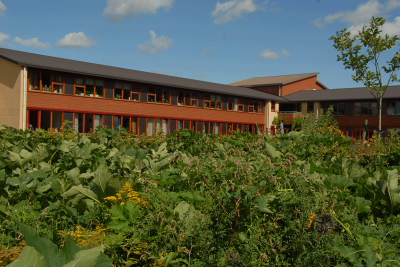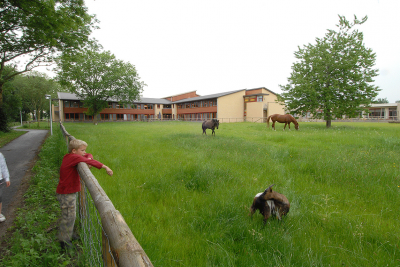
A garden for Lindestede
in collaboration with landscape architect Thijs van Hees
Lindestede, Wolvega
2008
A garden for LindestedeIn collaboration with landscape and garden architect, Thijs van Hees, Bik Van der Pol developed a garden for the elderly care facility Lindestede, located in Friesland. Bik van der Pol wanted to ensure that no distinction would be made between the disciplines of art and landscape architecture and that the collaboration with the landscape architect would function in synergy to create a garden that is not necessarily an artists garden. They developed the concept as a collective, extending the role of the artist to co-producer, focussing on what it means to create a public situation for different types of audiences - residents, visitors, villagers, staff - while considering for whom the garden should function well in particular (obviously the residents of the house) (Commisioned by SKOR, realized may 2008)
The concept is based on a clock as a metaphor for time, change and memory, elements that play an important role in the lives of Lindestedes elderly residents; this idea also stems from the way the buildings physically resemble a clock rotating around its axis. Divided into different sections, these components work together to stimulate interaction and communication between the residents and life outside Lindestede in a logic, natural way.
Walking trails or trajectories are laid out along the perimeters of the building complex to stimulate communication, interaction and memory.
A chrildrens farm is constructed near the front entrance of the building, acting as a bridge between the town and Lindestede, to encourage mutual use, generating participation and conversation, as well as physical contact -with the animals as 'excuse'.
A meadow with horses extends into Lindestedes private gardens; the horses can be spotted from time to time within the inner courtyards of the complex. Different horses form the town spend time here, among them the Friesian horse that is a native thoroughbred dating back to the 13th century.
Stretched fields echo the history and origin of the surrounding landscape. Residents, families, and schools are invited to grow vegetable, herb and flower gardens.
Evaluation of the project was envisioned (but not realized) minimum a year after its completion. Assessing the garden is essential; the intended effects of the design need to be able to root first. Observers, residents, staff, visitors, artists and architect plan to record experiences to be published as publication or documentary, including reflections of others with specific knowledge, experience or vision related to the project.

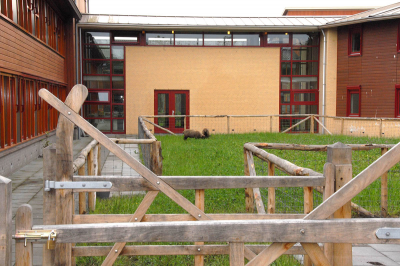
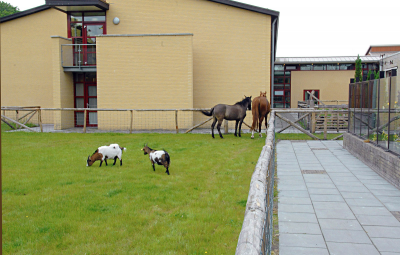
 Garden Magazine Thema
Garden Magazine Thema
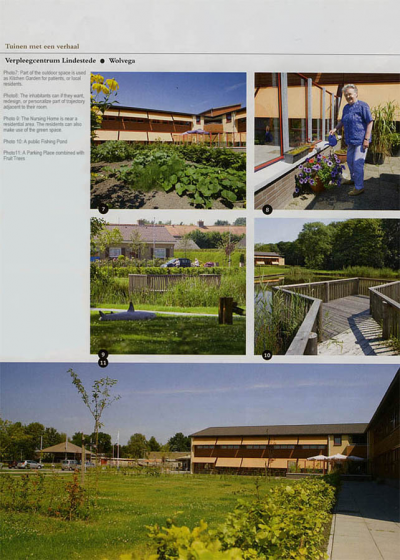 Garden Magazine Thema
Garden Magazine Thema

